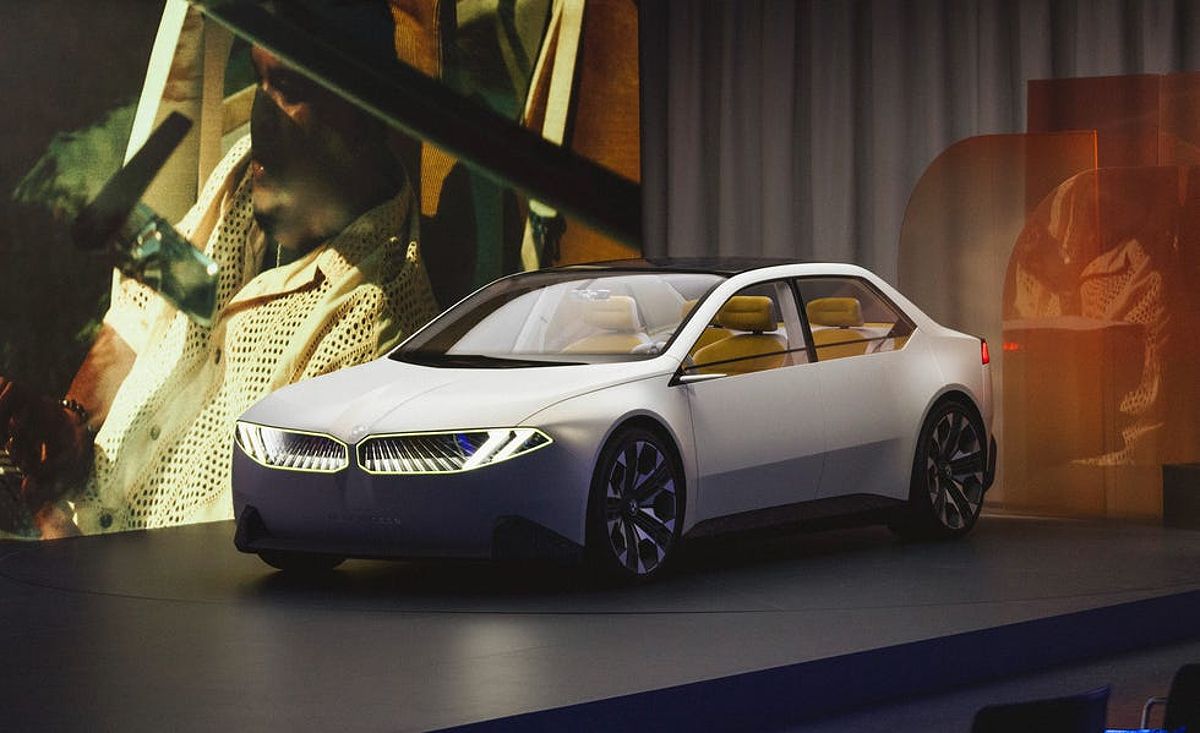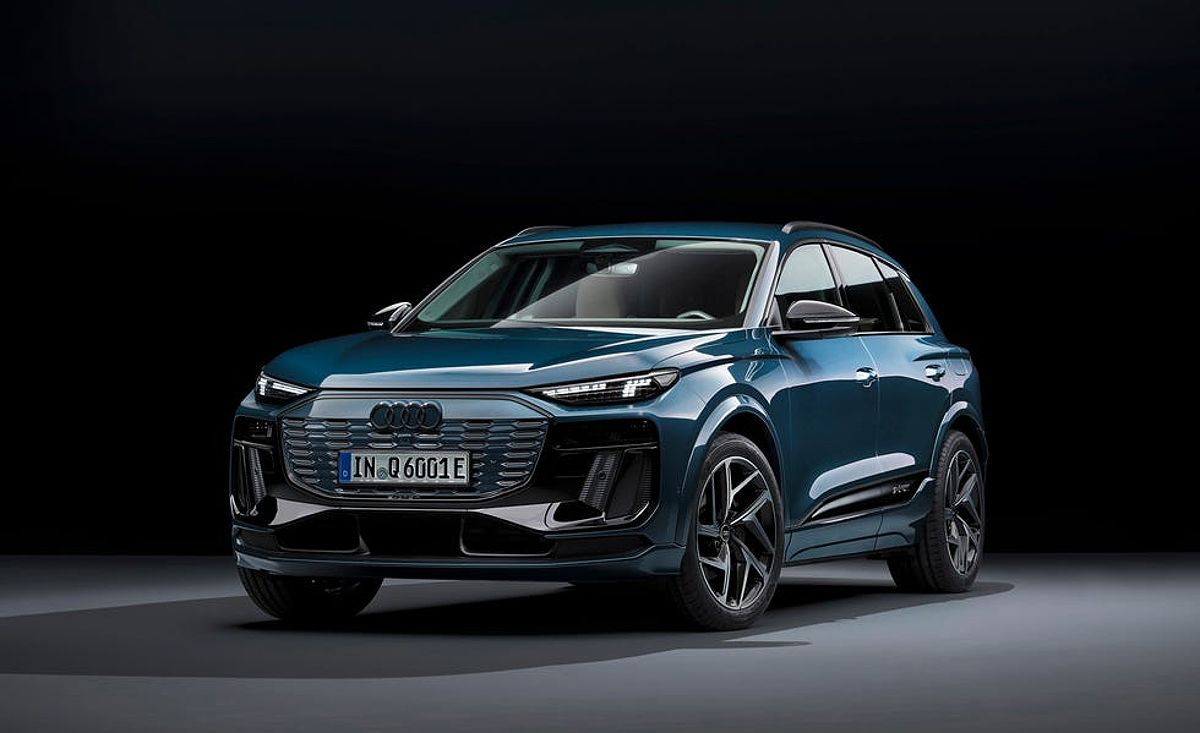We’ve long associated electric cars with limited range and slow charging. However, the reality is that 800-volt architectures are drastically changing the game, enabling charging times comparable to refueling gasoline vehicles. This rapid advancement necessitates a reevaluation of the electric car of the future, pushing the boundaries of performance and convenience.
Revolutionary EV Platforms: The Foundation of the Electric Car of the Future
When we talk about the electric car of the future, we can’t overlook the innovative platforms that are reshaping the EV landscape. These platforms aren’t just techy jargon; they’re the backbone of performance, range, and efficiency in upcoming electric vehicles.
800-Volt Architectures: Speed Meets Convenience
Let’s kick things off with the game-changer: 800-volt architectures. This tech marvel is the reason why some electric cars can go from a mere 10% charge to a whopping 80% in under 20 minutes. Imagine grabbing a coffee while your car gets a quick juice-up! The implementation of 800V systems, however, comes with technical challenges. The higher voltages require specialized, and often more expensive, components such as inverters, on-board chargers, and high-voltage cabling. Additionally, the actual charging speed can vary depending on factors like battery chemistry and thermal management, even within 800V architectures. The Audi Q6 e-tron and the Porsche Macan EV are leading the charge (pun intended) with this technology, proving that fast charging is no longer a dream but a reality.
Modular Skateboard Platforms: Flexibility Redefined
Then we have the modular “skateboard” platforms, which are like the Swiss Army knives of vehicle design. These platforms allow automakers to create a variety of vehicle shapes and sizes without reinventing the wheel each time. The advantages of these skateboard platforms go beyond just flexibility in design; they also offer cost savings from shared components and potential for easier serviceability and repairs. Take Canoo, for example. Their unique van-like design challenges traditional vehicle silhouettes, showcasing just how versatile these platforms can be. Who knew that practicality could look so cool?
Advanced Materials: Lightweight, Strong, and Stylish
Weight reduction is another crucial factor in the electric car of the future. Manufacturers are turning to advanced materials like lightweight aluminum and carbon fiber to shed unnecessary pounds. This not only enhances performance but also boosts efficiency, leading to longer ranges. The trade-off? Sometimes it costs a significant premium, but hey, you can’t put a price on innovation, right?
Beyond 800V: Future Innovations
And let’s not forget about the evolution of battery technology. While 800-volt systems are impressive, the future might even see 1500-volt architectures. These could potentially offer even faster charging times and greater efficiency. Buckle up, because the ride is just getting started!
Upcoming Electric Sports Cars: Performance Redefined
Now, let’s zoom into the world of high-performance electric vehicles. The electric car of the future isn’t just about being eco-friendly; it’s about delivering a thrilling driving experience.
The BMW i5 M: A Powerhouse on Wheels
Take the BMW i5 M, for instance. With a jaw-dropping expected output of 1,136 horsepower, this beast is set to redefine what we think of as an electric sports car. Its sophisticated four-motor drivetrain, combined with advanced torque vectoring and regenerative braking, promises acceleration that’ll leave your heart racing. Picture yourself hitting 60 mph in just a few heartbeats. Talk about an adrenaline-fueled thrill!

Porsche 718 Electric: A Rival to Remember
Then there’s the Porsche 718 Electric, which aims to deliver a driving experience that rivals its internal combustion predecessors. With engineers working tirelessly to balance performance with range, expect an exhilarating ride that doesn’t compromise on efficiency.
The Balancing Act: Performance vs- Range
But let’s get real for a second. The challenge here is balancing mind-blowing performance with decent range. Engineers are constantly fine-tuning and finding solutions to ensure that you don’t have to cut your joyride short for a charge.
More Electric Sports Cars on the Horizon
And we’re not done yet! Other upcoming electric sports cars are also gearing up to steal the spotlight. Keep your eyes peeled for more electrifying models that promise to take performance to new heights.
Electric Cars Coming Soon: A Detailed Model Overview
The electric car of the future is not just a concept; it’s taking shape across a diverse range of segments. Here’s a sneak peek at some of the most exciting electric cars coming soon.
Audi Q6 e-tron
Expected: Late 2024
The Audi Q6 e-tron is set to hit the market soon, bridging the gap between the Q4 and Q8 e-tron crossovers. With a robust 94.4 kWh battery and an impressive 800-volt architecture, you can expect around 300 miles of range and rapid charging capabilities. This model is all about luxury and performance, making it a top contender in the electric cars of the future.

Cadillac Escalade iQ
Expected: Late 2024
General Motors is electrifying its iconic Escalade with the Escalade iQ. This luxurious SUV will utilize the Ultium battery platform, boasting an estimated 450 miles of range and up to 750 horsepower. With lavish features like 55 inches of wraparound displays and a 40-speaker audio system, it’s the ultimate blend of comfort and power.
Rivian R3
Expected: 2026
The Rivian R3 is aimed at making electric vehicles accessible to the masses, targeting a price point below $40,000. While specifics are limited, expect it to share design cues with Rivian’s larger models, complete with rugged, retro-futuristic aesthetics. It’s a game-changer for the electric vehicles coming soon!
Polestar 6
Expected: 2027
The Polestar 6, based on the O2 concept, promises to deliver nearly 900 horsepower and a 0-60 mph time of just 3.2 seconds. This sleek electric roadster will appeal to those who crave performance and style, all wrapped in a stunning Scandinavian design.
Lucid Gravity
Expected: 2025
Lucid’s upcoming Gravity SUV is set to compete with heavyweights like the Rivian R1S and Tesla Model X. Priced around $80,000, it’s expected to deliver a tri-motor setup producing over 1,000 horsepower and a range of up to 440 miles. With 900-volt charging capabilities, the Gravity is poised to make a significant impact in the electric SUV market.
More Exciting EVs Coming Soon
Don’t forget about other notable electric cars coming soon, such as the Tesla Cybertruck, which is already creating buzz with its futuristic design and capabilities. The future of electric vehicles is looking bright, with a variety of options to suit every driver’s needs.
The Future of EV Technology: Innovations on the Horizon
As we venture further into the electric car of the future, let’s explore the cutting-edge technologies that are on the horizon.
Solid-State Batteries: The Next Big Thing
Solid-state batteries are creating a buzz for their potential to offer higher energy density and improved safety. While they’re not quite ready for prime time, the promise of faster charging and greater ranges could revolutionize the EV landscape. Keep your fingers crossed for these innovations!
Advanced Driver-Assistance Systems (ADAS)
The future of electric vehicles isn’t just about power; it’s also about intelligence. Advanced driver-assistance systems (ADAS) are making strides in autonomous driving features, including automated lane changes and traffic jam assists. These technologies are set to enhance safety and convenience for all drivers.
Over-the-Air (OTA) Updates: Continuous Improvement
Imagine your car getting better over time without a trip to the dealership. Over-the-air (OTA) updates will allow automakers to refine and enhance vehicle performance and features long after the initial purchase. It’s like your car gets a software upgrade while you sleep!
Vehicle-to-Grid (V2G) Technology
Finally, let’s talk about vehicle-to-grid (V2G) technology. This innovative approach allows electric vehicles to not just consume energy but also return it to the grid, making EVs a vital part of the renewable energy ecosystem. It’s a win-win for both drivers and the environment!
Charging Infrastructure and Range Anxiety: Addressing Key Concerns
One of the biggest concerns for potential EV owners is charging infrastructure and range anxiety. Fortunately, strides are being made to tackle these issues head-on.
Expanding Charging Networks
Automakers are investing heavily in building their own charging networks while governments and private companies are stepping up to expand public charging options. This means that the availability of charging stations will only increase, making it easier for drivers to go electric.
Strategies to Manage Range Anxiety
Managing range anxiety is essential for encouraging more drivers to make the switch. Efficient driving techniques, advanced route planning, and on-the-go charging solutions are just a few strategies that can help. As battery capacities continue to improve, the average electric car of the future will be able to travel farther on a single charge, giving drivers more confidence.
Frequently Asked Questions (FAQ)
Q: What are the biggest technological hurdles facing the widespread adoption of electric vehicles?
A: Overcoming limitations in battery technology (energy density, cost, lifespan), expanding charging infrastructure, and addressing consumer concerns about range and charging time are crucial challenges.
Q: How will the electric car of the future impact the environment?
A: Electric cars significantly reduce greenhouse gas emissions compared to gasoline-powered vehicles, contributing to cleaner air and a reduced carbon footprint. The impact will be further enhanced by integrating renewable energy sources.
Q: What are the key differences between 400-volt and 800-volt EV architectures?
A: 800-volt systems enable significantly faster charging speeds, but they also require more sophisticated and potentially more expensive components. The higher voltages pose challenges related to safety and require more robust safety systems, which can lead to higher repair costs.
Q: What is the expected lifespan of EV batteries?
A: Current EV batteries typically last for 8-10 years or 100,000-150,000 miles, but advancements in battery technology, such as the use of Lithium Iron Phosphate (LFP) batteries, are expected to improve this lifespan.
Q: How much will the electric car of the future cost?
A: The cost of electric vehicles varies greatly depending on the model, features, and battery capacity. While some models are now comparable in price to gasoline-powered vehicles, others remain more expensive due to the premium associated with advanced technologies.
Conclusion
The electric car of the future is rapidly evolving, driven by significant advancements in battery technology, charging infrastructure, and vehicle performance. From high-performance sports cars to affordable mass-market models, the options are diversifying at an unprecedented pace. Addressing range anxiety and expanding charging networks are crucial for widespread adoption. As technology continues to advance, the electric car promises a cleaner, more efficient, and exciting future of transportation.
Stay tuned for the next wave of innovation in the electric vehicle sector, as the electric cars coming soon are set to transform the way we drive and interact with our vehicles. Buckle up; it’s going to be an electrifying ride!
